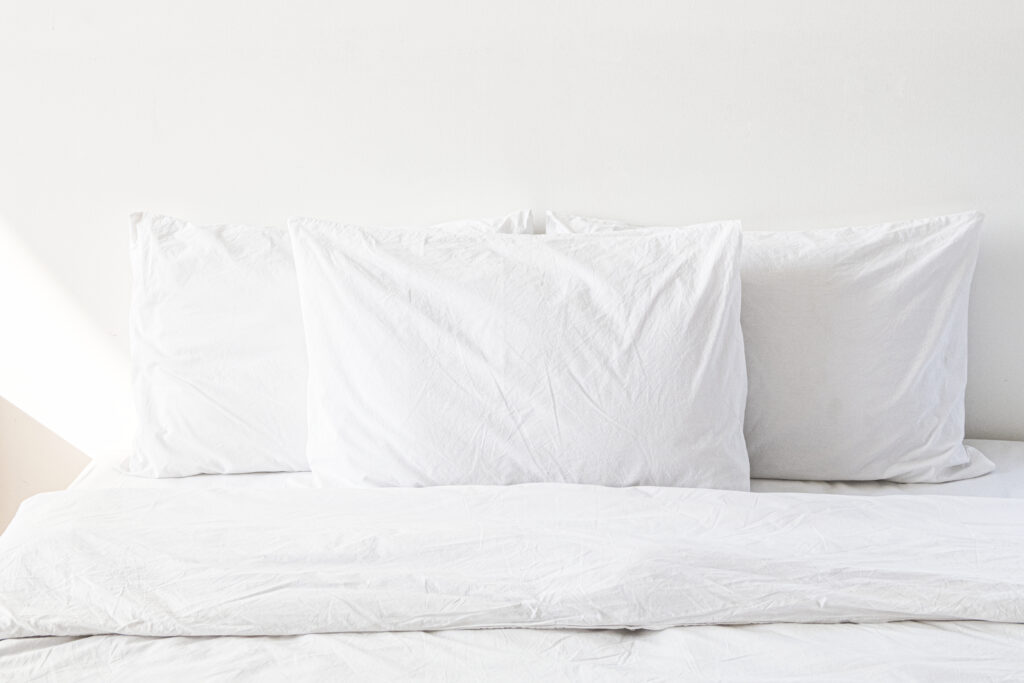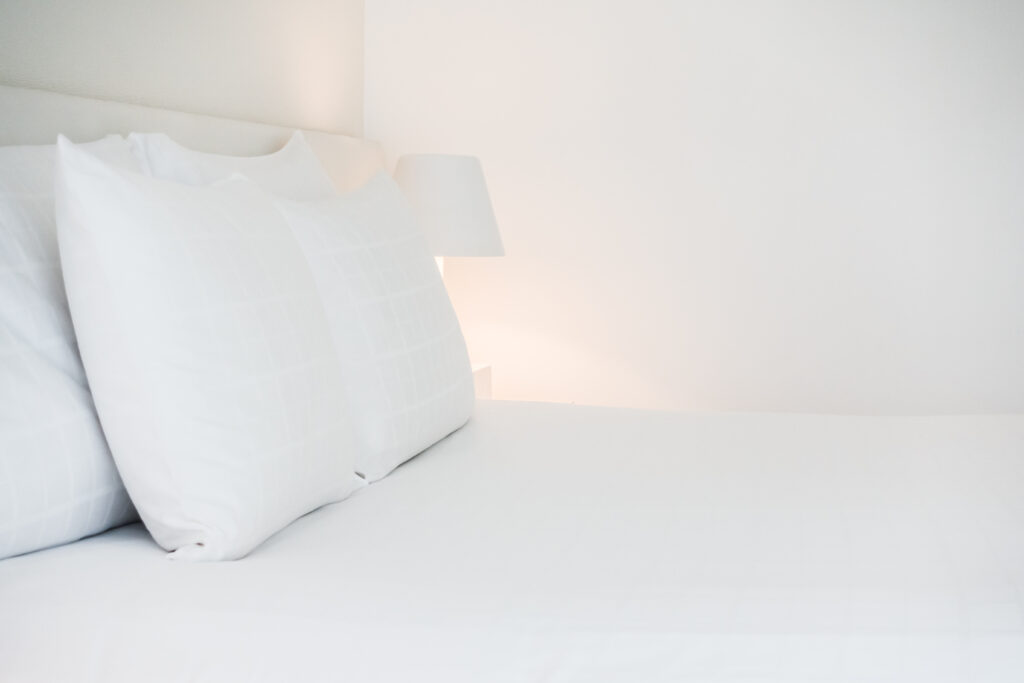A pillow-top mattress features an extra layer of soft, plush padding sewn onto the top surface. This provides enhanced comfort and pressure relief by contouring to your body’s curves. The cushioning can minimize motion transfer and promote cooler sleep too. However, the increased sinkage and reduced responsiveness may make it harder to move around. The softer, more enveloping feel may also not provide adequate support for some. While the potential benefits can outweigh the drawbacks for many sleepers, understanding the details of pillow-top construction can help you determine if it’s the right mattress type for your needs.

Understanding the Pillow-Top Construction
The defining characteristic of a pillow-top mattress is its distinctive construction, which features an extra layer of soft, plush padding sewn onto the top surface of the mattress.
This additional layer, often made of materials like memory foam or polyfoam, provides a luxuriously cushioned feel and enhanced pressure relief.
The pillow-top is typically quilted or tufted to the mattress cover, creating a seamless, integrated design. This construction technique allows the pillow-top to contour to the body’s curves, offering a cradling, enveloping sensation.
The thickness of the pillow-top can vary, with some models featuring a more substantial layer for a markedly plush feel, while others have a thinner profile for a more subtle cushioning effect.
Potential Benefits of Pillow-Top Mattresses
One of the primary benefits of a pillow-top mattress is the enhanced comfort and pressure relief it can provide. The additional cushioning layer conforms closely to the body’s contours, potentially relieving pressure points and promoting improved spinal alignment during sleep.
This plush surface can also help minimize motion transfer, so you’re less likely to be disturbed by a partner’s movements. Additionally, the pillow-top layer can improve airflow and temperature regulation, keeping you cooler and more comfortable throughout the night.
However, the extra cushioning may limit responsiveness and make it slightly more difficult to move around on the mattress. Overall, the advantages of a pillow-top mattress can outweigh the potential drawbacks for many sleepers.
Potential Drawbacks of Pillow-Top Mattresses
While the additional cushioning of a pillow-top mattress can provide enhanced comfort, it may also come with some potential drawbacks.
You might find the increased sinkage and contouring makes it harder to move around or change positions on the bed. The pillow-top layer could also reduce the overall responsiveness and bounciness of the mattress, which some sleepers may prefer for ease of movement.
Additionally, the extra cushioning can cause you to feel ‘stuck’ in the mattress, potentially making it more challenging to get in and out of bed. The softer, more enveloping feel of a pillow-top may not provide the level of support some sleepers require, leading to improper spinal alignment and discomfort.

Conclusion
A pillow-top mattress offers a plush, comfortable sleep surface, with the added benefit of pressure relief.
However, the extra padding can trap heat, making it less suitable for hot sleepers.
Additionally, the pillow-top may break down faster than the core mattress, potentially reducing the overall lifespan.
Ultimately, whether a pillow-top mattress is the right choice depends on your personal sleep preferences and needs.
